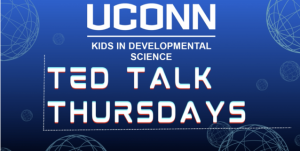
In her Ted Talk on what an ideal kindergarten looks like in the 21st century, Doris Fromberg evaluates how kindergarten can better meet the developmental needs of young children. One primary aspect of education that Fromberg emphasizes is the value of play amongst young children. Fromberg discusses how kindergarten is not only important in the development of educational skills, but also immensely important in the development of of social skills. Kindergarten is often the first form of organized schooling for many young children and the importance of developing social skills amongst their peers during this time should not be underestimated.
Another theme of Fromberg’s talk is the negative effects of high stakes and standardized testing amongst youth. Fromberg shockingly compares standardized testing to “sanctioned child abuse” and argues there are essentially no positive effects of standardized testing amongst children that young. Fromberg argues that kindergarten should be taught from a more humanist approach as opposed to the strictly structured curriculum that many kindergartens follow.










